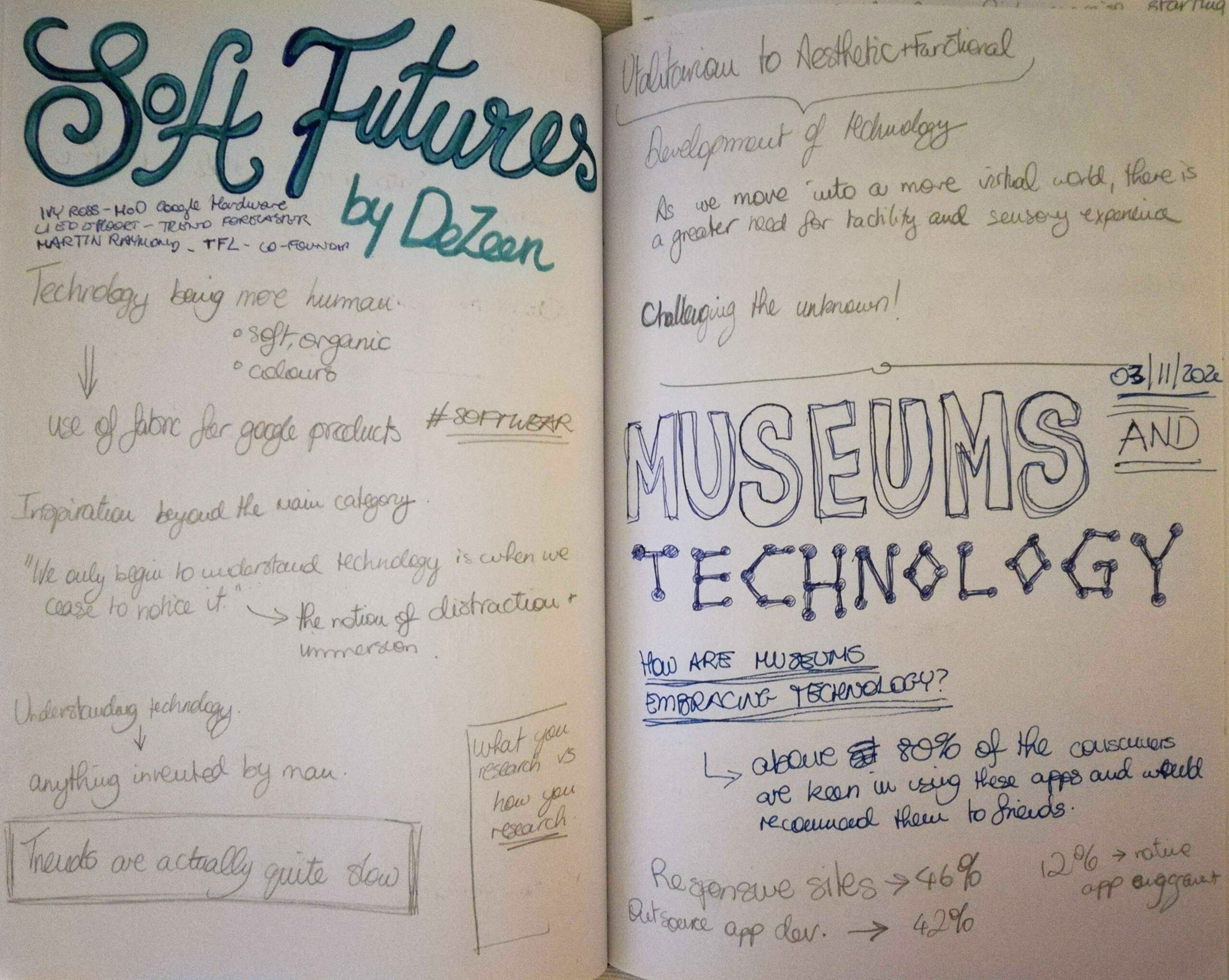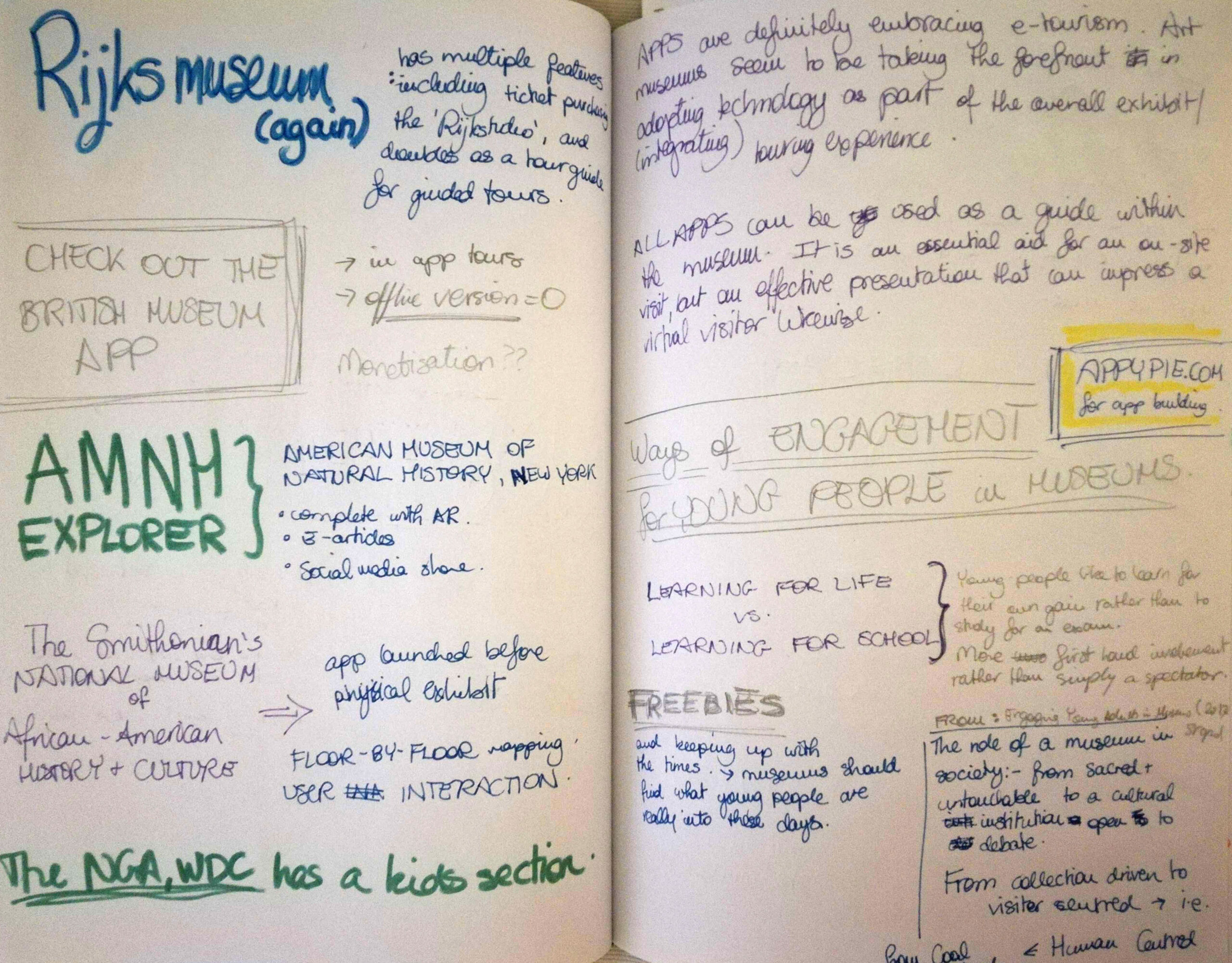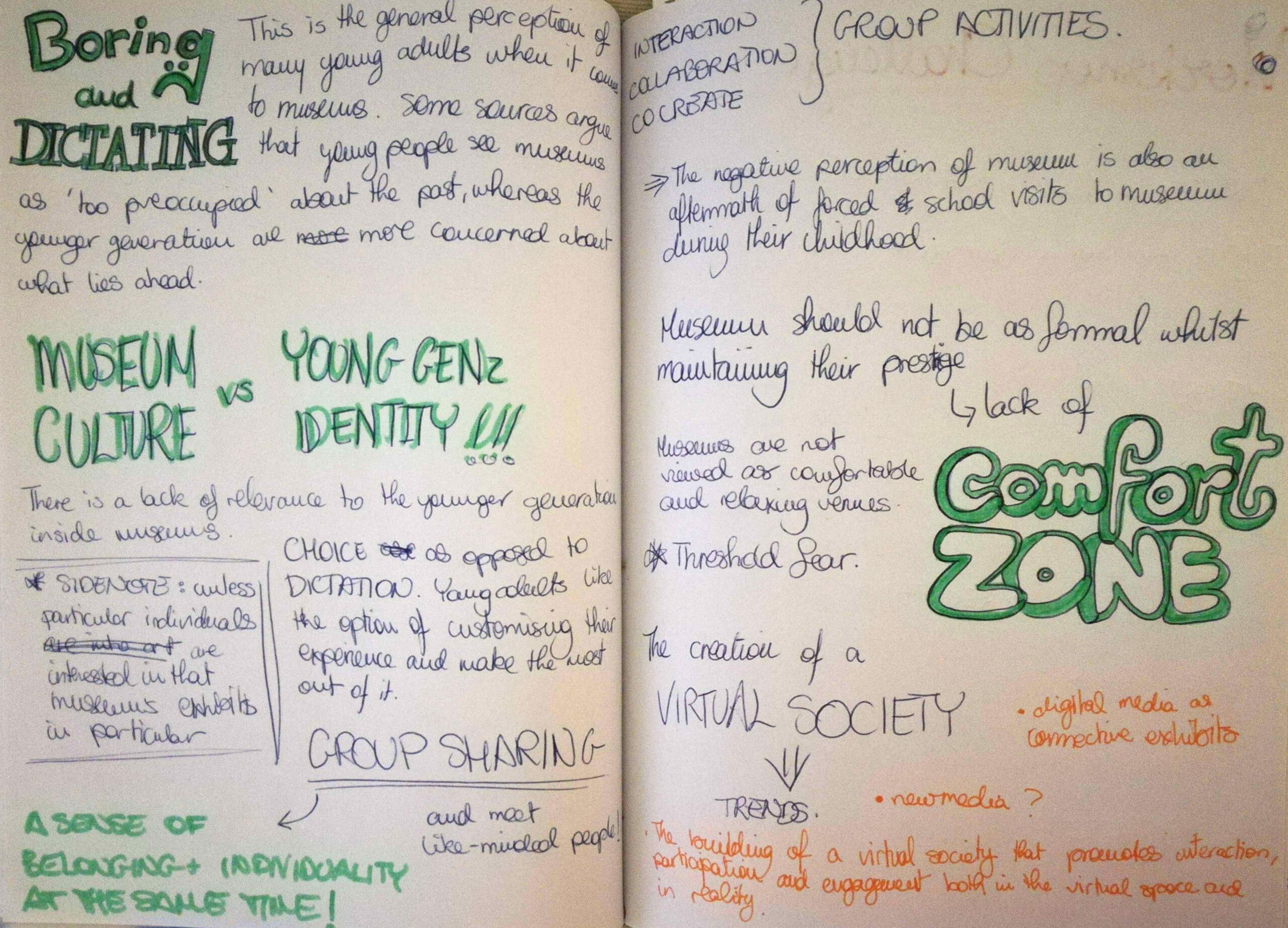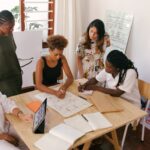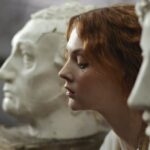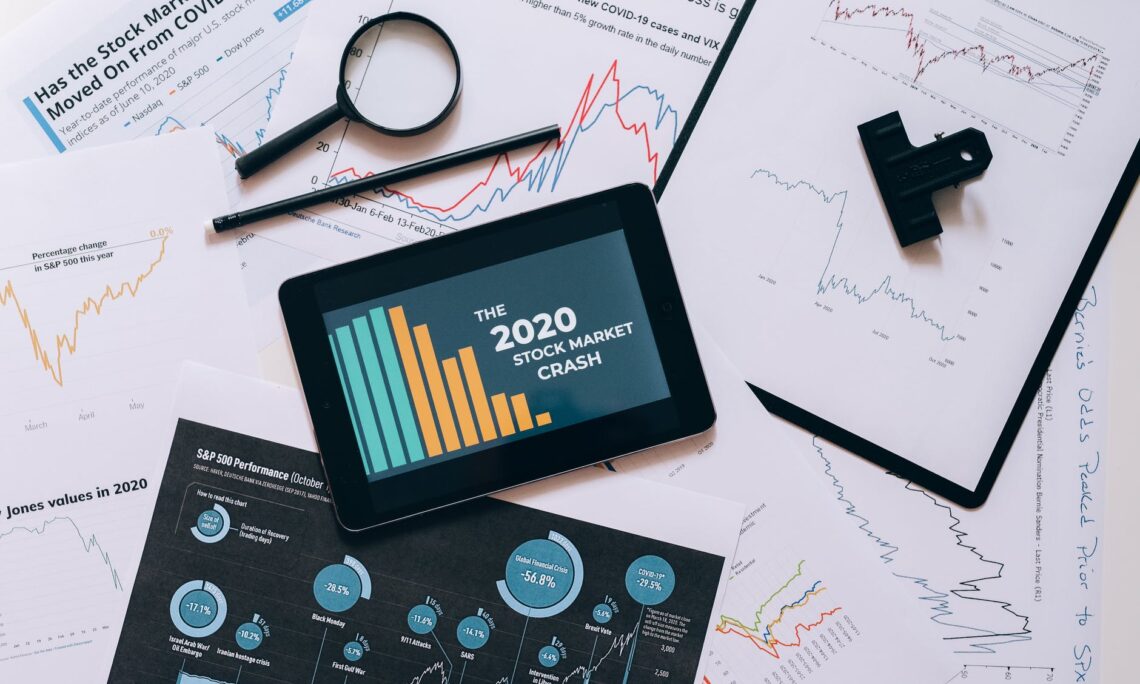
From Patterns to Predictions – Studying Current Trends to Shape the Future
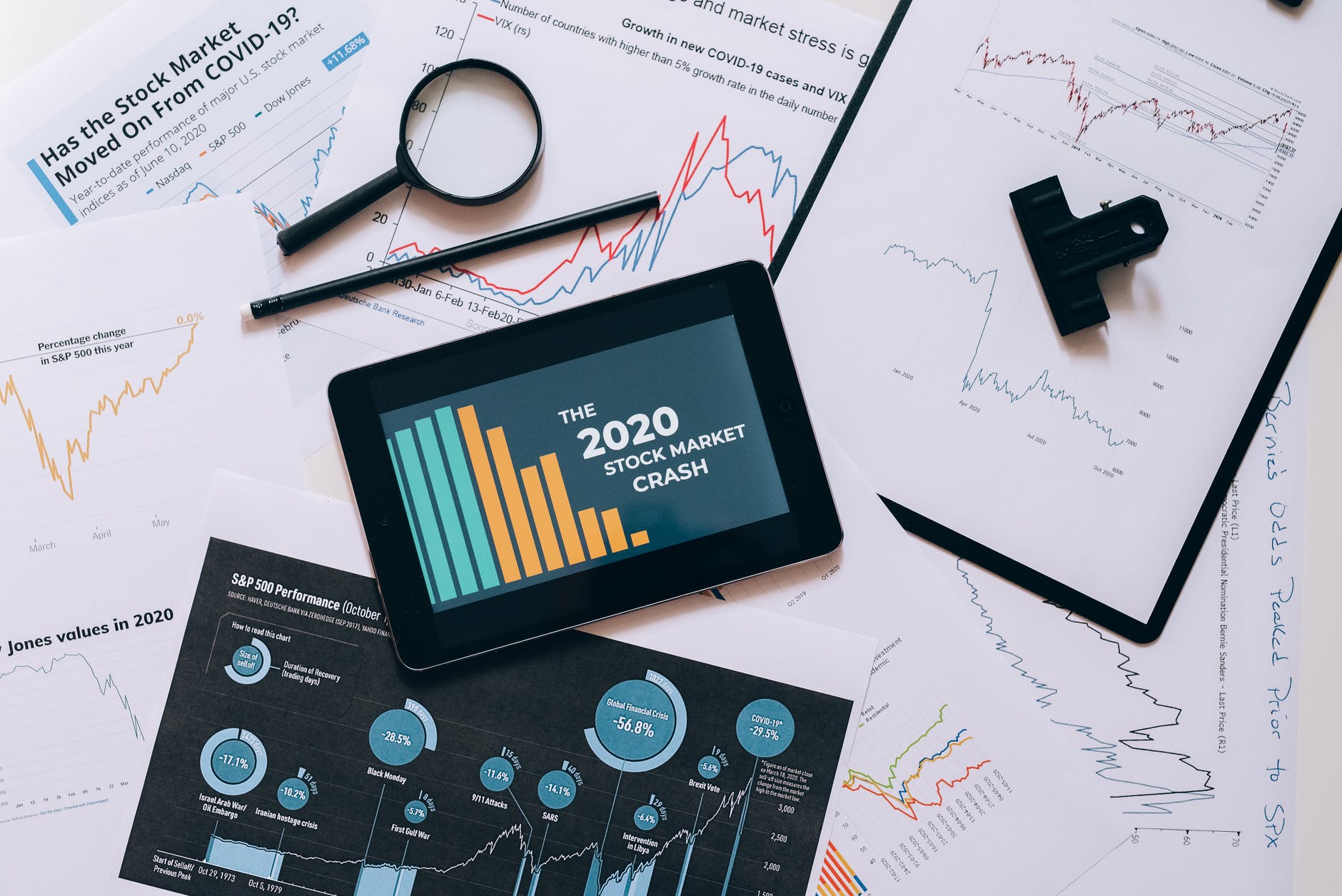
In my previous post, I talked about how trend forecasting benefits a business, project or services in its long-term success. These couple of days I spent it reading about how trend forecasting works and tried to find whether there are sources discussing trends in relation to museums. This week’s course resource list is quite useful for the brief I chose. Along with Michael Raymond’s The Trend Forecaster’s Handbook, I discovered The Future Laboratory – a leading trend forecasting agency, where through various strategy foresight products and techniques they help various business in developing their brands and make the right decisions to improve their business performance.
From the LS:N Global Insights Platform – Virtual Exhibitions and Museums
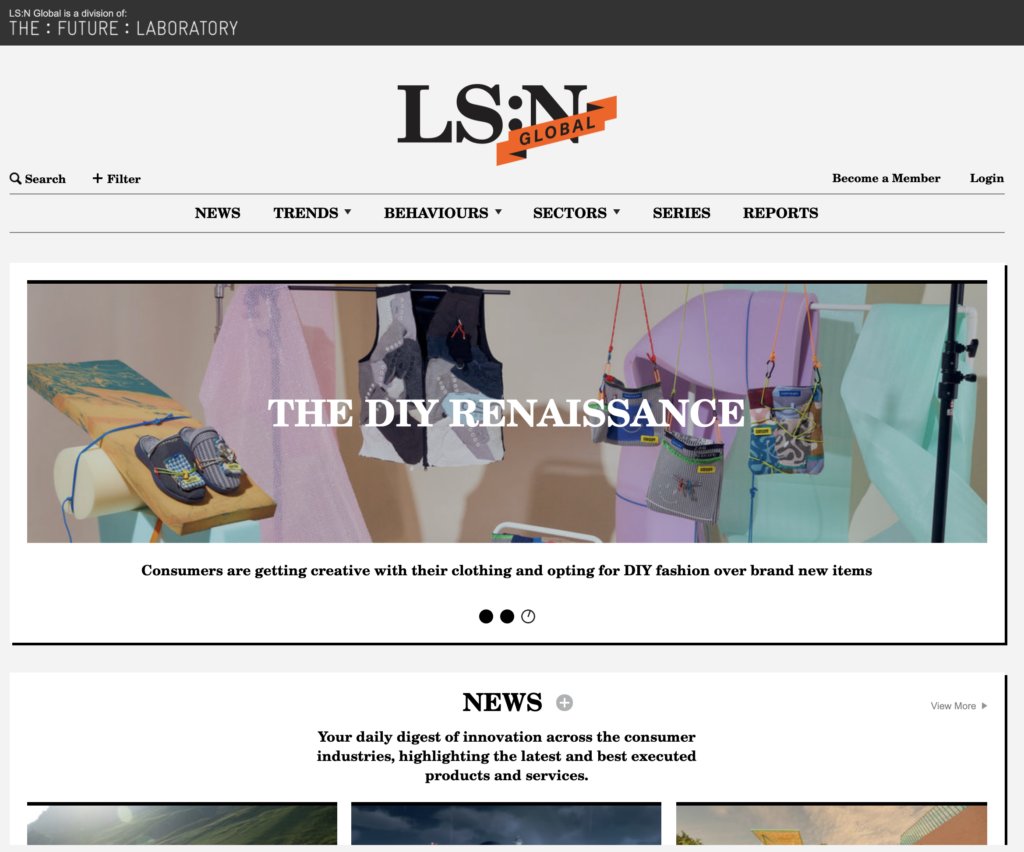
LS:N Global is an online platform where various articles by The Future Laboratory are published. There are a myriad of reports and articles with trends and forecasts about different industries, including technology developments in relation to museums. When I find these kinds of websites, I start reading information in a chain reaction from one link to the other and before I know it I stumble upon something I would have never thought it existed.
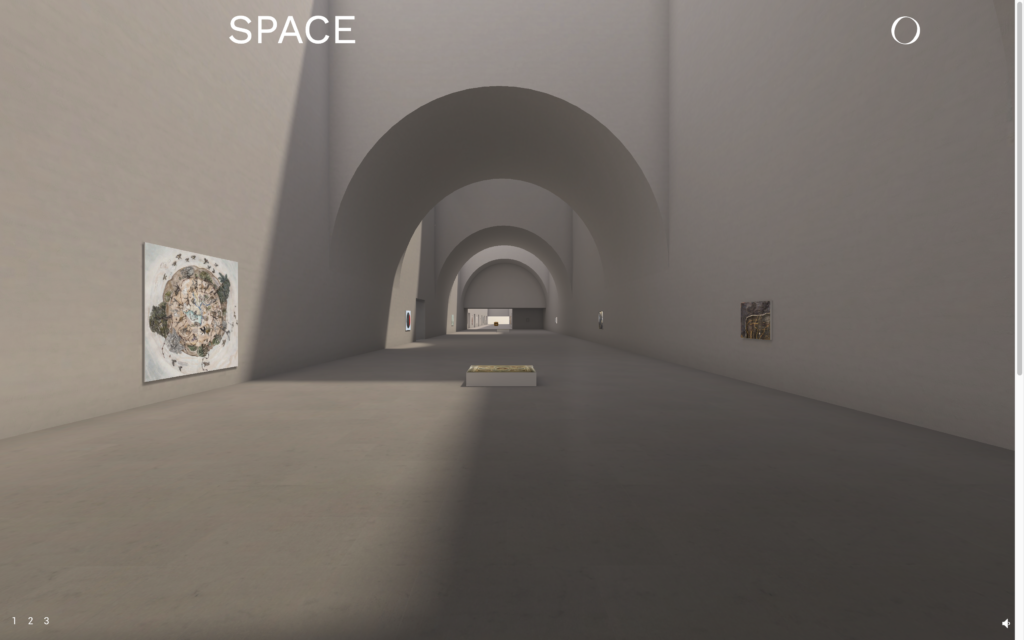
I am aware that virtual spaces and world exist, however I was not aware that virtual exhibitions are now also a thing. This is what a website called AORA offers. AORA is a virtual platform that combines art, architecture and music together to create this virtual exhibition space. The idea behind AORA is ‘building a virtual world with soul’. It is an interesting concept indeed, one that can be adopted to different museums. From the research that I have conducted so far, technology is mostly used by art museums, or at least they are the ones that promote it the best. That being said, I still think that technology can be adopted to other types of museums, including the Science Museum.
Another example of a virtual museum is VOMA – the first fully interactive museum. Unlike other virtual museums where they are offering virtual outlets, or exhibiting parts of their collections, at VOMA, one will be able to walk around and get the full museum experience in the comfort of their home. They are referring to their visitors as ‘e-tourists’ which is a niche market in itself. E-tourism is an emerging ‘phenomenon in which the adaptation of information and communication technology by tourists transforms the processes and the value chains in the tourism industry.’ (Pan, 2015). It is a new branch of the tourism industry, and now that various happenings over this year caused to shift numerous priorities for the global population, travelling will be viewed in a very different angle in the upcoming months.
The Human Side of Technology
Another source from the course’s resource list was the talk named Soft Futures hosted by Marcus Fairs, editor-in-chief for DeZeen. The discussion panel was made up of Ivy Ross, the Head of Design for Google Hardware, Li Edelkoort, a trend forecaster and Martin Raymond, Co-Founder of The Future Laboratory.
The topics raised in this talk where very interesting indeed. The discussion revolved around forecasting of trends in relation to technology and how it impacts peoples’ day-to-day life and how advances in technologies where initially perceived.
Raymond kicks of the discussion by quoting the philosopher Martin Heidegger: ‘We only begin to understand technology when we cease to notice it.’ Similarly, Ederlkoort, introduced a number of forecasting works produced in the 90s, which back then were revolutionary, but they are predictions that are taking place in the present, whereas Rose, introduced the Google Hardware collection. These examples acted as a springboard to the discussion of how to make technology more ‘human’. In Rose’s case, their project challenge was to make Google more tangible, and the answer to it was to observe and include organic elements in their product designs.
Although this talk what not directly relevant to my research for this week, it definitely got me to think about the human aspect of technology and how to make it more “approachable” especially since my target audience is rather broad, hence need to be appealing to multiple age groups. One key point that I will definitely keep on referring to the progression of technology over the course of time. It moved from being utilitarian to functional and aesthetic. As we move into a more virtual world, these is a greater demand for tactile and multisensory experiences.
Progressing Through the Project
As explained earlier, the upcoming week is about understanding the current trends in the market we chose to explore for our project. I am looking into how museums are embracing technology, as well as different modes of engagement in app development, and what works and what does not. My initial idea was to create a sort of random artefact generator to make it easier for users to discover things, since they do not usually know what they are looking, or else look up things that they are already familiar with, which really defeats the purpose of discovery. However, I think that part of the app should take form of some form of showcase. From what I am coming across, this approach seems to be working for numerous museums already.
Bibliography
Pan, B., 2015. E-Tourism. [online] Research Gate. Available at: <https://www.researchgate.net/publication/270273782_E-Tourism> [Accessed 1 November 2020].

